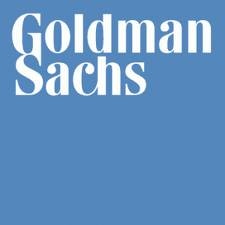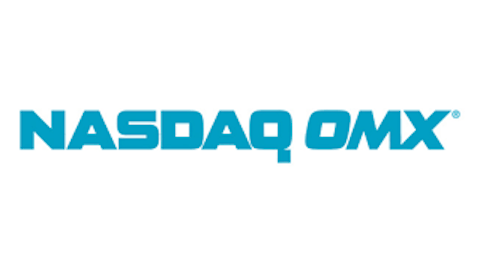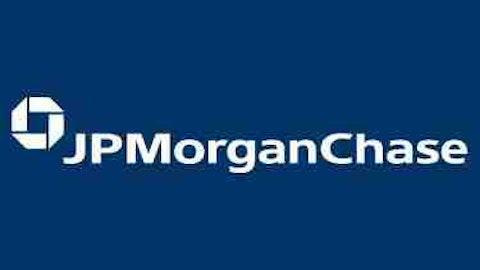While a majority of the banks in the US reported better-than-expected results for the second quarter of 2013, Goldman Sachs Group Inc (NYSE:GS) was no exception. Goldman Sachs, JPMorgan Chase & Co. (NYSE:JPM) and Morgan Stanley (NYSE:MS) were classified as investment banks before they were reclassified as bank-holding companies in 2008. This article will feature an earnings review of Goldman Sachs Group Inc (NYSE:GS) including some future stock price drivers.

Earnings review
Goldman Sachs Group Inc (NYSE:GS) reported earning per share of $3.70, beating estimates by a good $0.89 per share. Profits rose 107% over the prior year. Revenue of $8.6 billion for the second quarter was also $350 million ahead of estimates.
Much of the improvement in the results over the prior year was due to the bank’s investment banking unit, investing and lending unit and the one-time lower tax rate. Revenue of $1.5 billion from Goldman Sachs Group Inc (NYSE:GS)’s investment banking unit was up 29% from a year ago on 45% higher underwriting revenue. The investment banking backlog remained relatively flat compared to the first quarter. Goldman Sachs Group Inc (NYSE:GS)’s trading revenue of $2.5 billion increased 12% over the prior year. During the quarter, the bank also reported an operating expense of nearly $6.0 billion, up 14% over the same time period last year.
The future
Overall, second-quarter results were solid. However, the lack of positive stock price catalysts lead me to rate the bank neutral. I don’t find a catalyst that will move revenue a step up on a consistent basis. Over the near-term, the third-quarter expectations remain tempered. Having said that, the bank is expected to benefit from further gains from private equity investments with modest expectations for the bank’s trading unit. Barclays puts investing and lending revenue estimates at $1.1 billion for the third quarter. Additionally, analysts at Barclays forecast rather muted growth in fixed income, currency and commodities and equities.
Among the negatives the bank can face include a severe slowdown in investment banking and capital markets. A prolonged and severe economic downturn could significantly impair the banks revenue streams. Also, investment losses and regulatory risk could become the new negatives for Goldman Sachs Group Inc (NYSE:GS). If the equity market doesn’t appreciate by 8% each year, Goldman Sachs could produce significant losses in its private equity unit.
Peer analysis
As noted above, some of the closest peers of Goldman Sachs are JPMorgan Chase & Co. (NYSE:JPM) and Morgan Stanley (NYSE:MS). Both JPMorgan Chase & Co. (NYSE:JPM) and Morgan Stanley (NYSE:MS) surprised analysts when they reported stronger-than-expected earnings for the second quarter.
JPMorgan Chase & Co. (NYSE:JPM)’s second-quarter earnings were driven by better results in its investment banking division and better credit quality, partially offset by higher expenses. Core corporate and investment banking revenue of $10.1 billion came in higher than expected, primarily driven by higher trading revenue and improving credit. Core fixed income and equities trading revenue of $5.4 billion also surged 18% over the prior year.
Despite a solid second quarter, I believe the future for JPMorgan Chase & Co. (NYSE:JPM)is not bright. The bank’s management has already acknowledged that the situation is becoming difficult day by day as the bond markets continue to suffer from rising rates. In such a scenario, expense control is the best way out for JPMorgan Chase & Co. (NYSE:JPM).
The bank’s CFO said that its investors should expect a cut within the range of 30% to 40% in the bank’s mortgage-lending volumes during the coming quarter due to the consistently higher interest rates. Also, the bank is expecting sluggish loan demand due to sluggish US economic growth.
Best bank
Morgan Stanley (NYSE:MS) also reported better-than-expected results. The second-quarter results were driven by better investment banking and global wealth management results. Going forward, Morgan Stanley is believed to benefit from a balanced and diversified business model. The bank is supported by a strong capital base, while the management has worked hard to bolster liquidity, cut exposure to high risk assets and de-leverage the balance sheet. The bank has the potential to realize significant gains through these efforts. So, I am bullish on its future.
While Morgan Stanley (NYSE:MS) needs to focus on its expenses, both compensation and non-compensation expenses, its business mix evolution and franchise restoration can drive the bank’s stock price up in the future. These positive stock price drivers could offset the expected slowdown in the bank’s fixed-income sales and trading activities.
Conclusion
While the aforementioned banks reported better-than-expected earnings for the second quarter, the future is not bright for all three of them. I believe only Morgan Stanley offers the brightest future with the absence of new negatives and the presence of positive stock price drivers. Goldman Sachs offers little positive stock price drivers with the third quarter expectations that are tempered. That’s why I am bullish on Morgan Stanley (NYSE:MS) and recommend investors hold Goldman Sachs.
Adnan Khan has no position in any stocks mentioned. The Motley Fool recommends Goldman Sachs. The Motley Fool owns shares of JPMorgan Chase & Co (NYSE:JPM).. Adnan is a member of The Motley Fool Blog Network — entries represent the personal opinion of the blogger and are not formally edited.
The article One Bank to Buy, One to Hold originally appeared on Fool.com is written by Adnan Khan.
Copyright © 1995 – 2013 The Motley Fool, LLC. All rights reserved. The Motley Fool has a disclosure policy.





